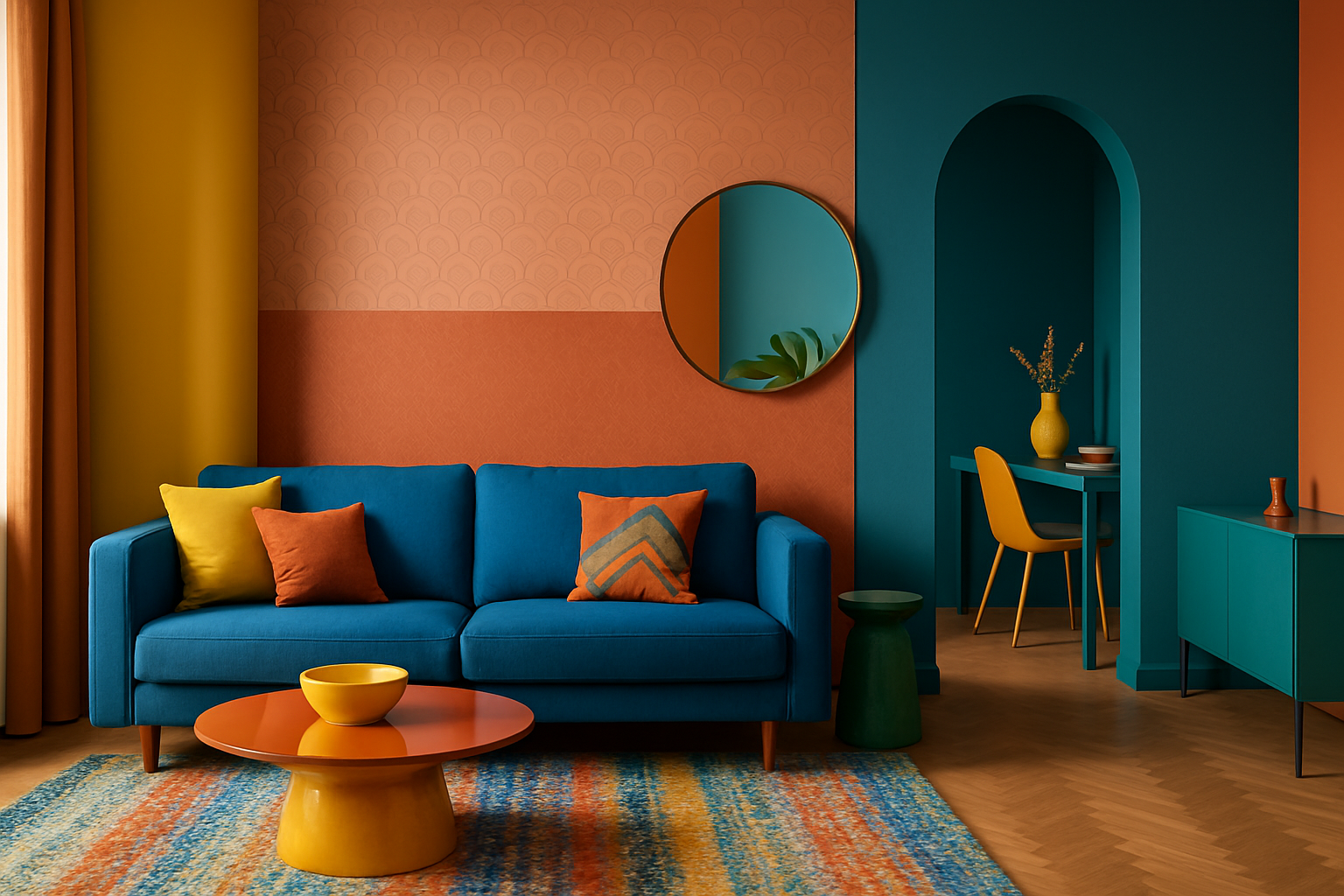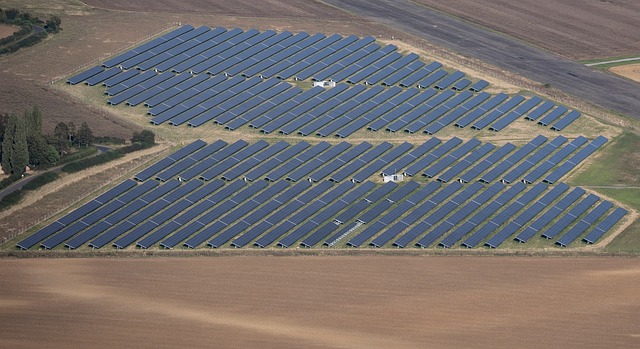Breaking Down the Booming Industry of Prefabricated Houses
Prefabricated houses have been around for decades, but they're currently experiencing a resurgence in popularity. With the real estate market becoming increasingly competitive, many buyers and investors are turning to this unique property type for a variety of reasons. In this article, we'll delve into the world of prefabricated houses, examining the history, current trends, and potential implications for the property market.

Historical Context: Prefabricated Houses Through the Years
Prefabricated houses, or “prefabs,” have a long and fascinating history. They first gained prominence during the post-World War II housing boom when traditional construction methods couldn’t keep up with demand. Fast-forward to today, technological advancements and a shift in consumer preferences have put prefabs back on the map.
The Current Landscape: A Prefab Renaissance
Currently, the prefab housing sector is undergoing a renaissance. The global market for prefabricated homes is projected to reach $36.6 billion by 2023. This surge in demand is driven by a few key factors. Firstly, prefabs are typically more affordable than traditionally built homes. Secondly, they are quicker to construct, which is appealing in a market where housing demand often outstrips supply. Finally, the quality and design of prefabs have dramatically improved in recent years, making them an attractive option for modern homebuyers.
The Strategy: Investing in Prefabricated Houses
For investors, prefabs present unique opportunities and challenges. On the plus side, the lower construction costs and quicker build times can mean higher profit margins. However, financing prefab properties can be more complex than traditional homes. This is largely due to misconceptions about prefab quality and longevity, though these perceptions are rapidly changing as the industry matures.
Impact on the Market: The Future of Prefabs
The rise of prefabricated houses has significant implications for the real estate market. As this sector grows, it could alleviate housing shortages, particularly in urban areas where land is scarce and expensive. Additionally, the increased demand for prefabs could spur innovation in construction technology, resulting in more efficient, sustainable building practices.
Prefab Homes - A Viable Solution?
It’s clear that prefabricated houses are more than just a trend—they’re a viable solution to some of the real estate market’s most pressing challenges. As we move forward, the prefab industry will undoubtedly continue to evolve and grow, shaping the future of housing and property investment. This makes it an area worth watching for anyone interested in real estate.
In conclusion, while prefabricated houses may not be suitable for every buyer or investor, they offer a compelling alternative in a competitive market. With their affordable price point, quick construction times, and improved design standards, prefabs are poised to make a lasting impact on the real estate landscape.




